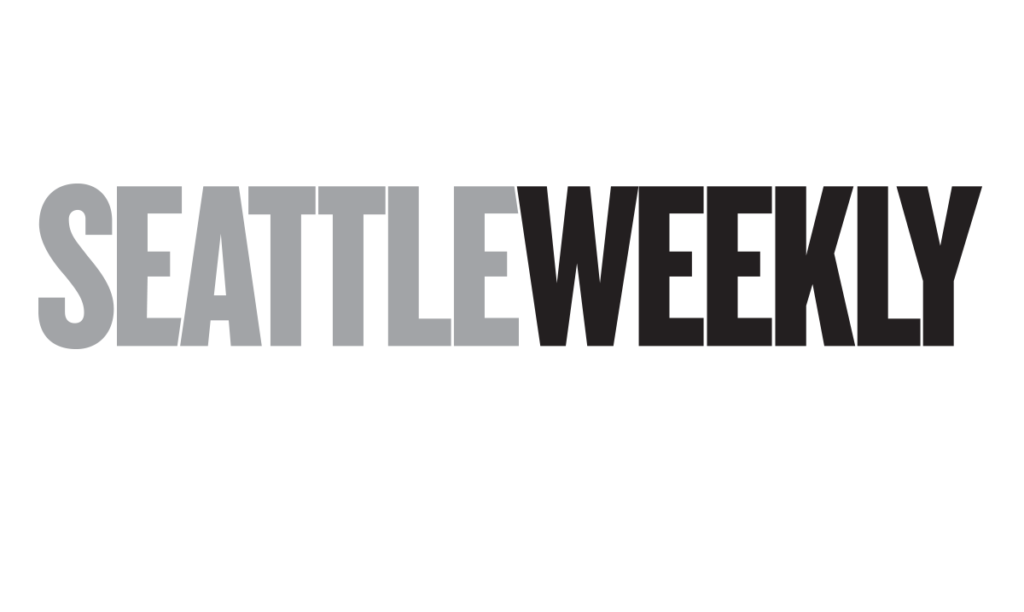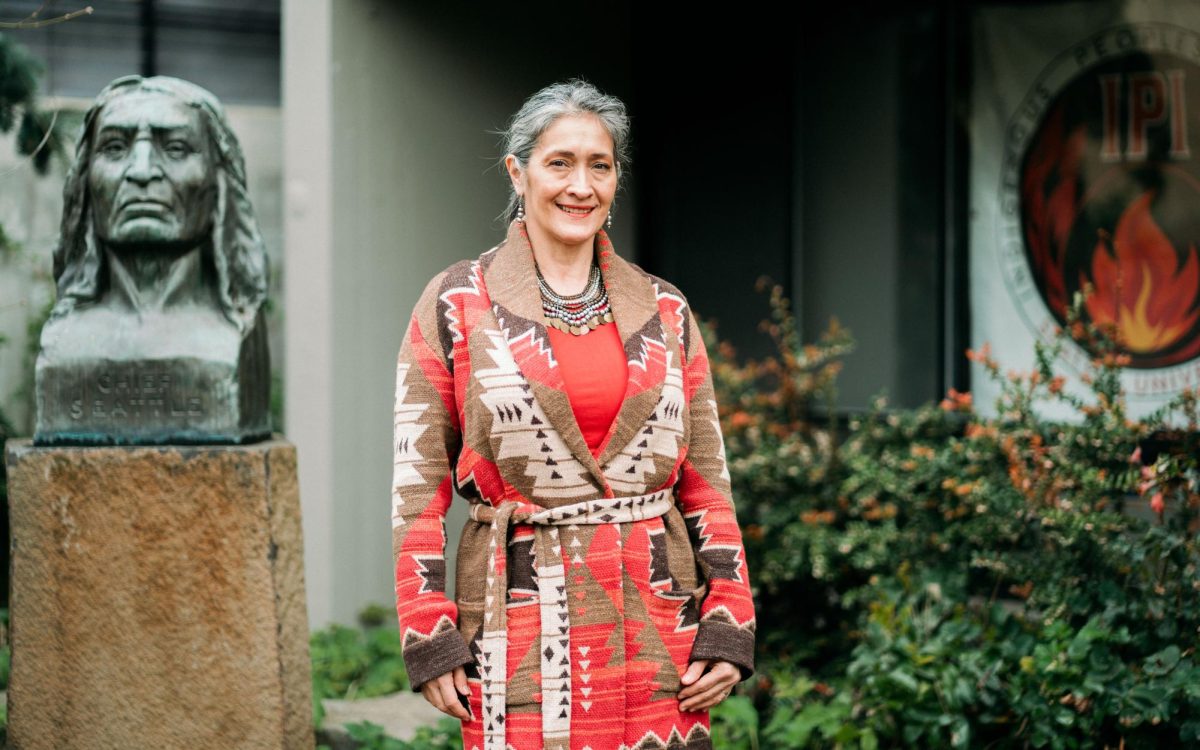The Seattle Weekly was unique in the way it looked as a newspaper: magazine style illustrations, a table of contents and comics. In fact, Seattle University’s own newspaper the Spectator is modeled after an alternative weekly, in that it’s trendy, artsy and breaks traditional news guidelines.
On Oct. 25, Seattle Weekly released their first issue with new changes that they had been promising, decreasing their editorial staff to just three and shifting their focus as a paper towards hard news instead of an alternative weekly.
In an editorial written in the new issue, Editor-in-Chief of Seattle Weekly Mark Baumgarten explained that there are no more illustrative covers, no more comics, no more weekly long-form features and no more alternative weekly content. Instead, they now will be coming out weekly with content resembling what they term as a “community weekly,” rather than an alternative weekly.
“We have become a kind of community news weekly, outfitted for the particular needs of our Seattle readership,” wrote Baumgarten.
Kelton Sears, a Seattle U alumnus and the former culture and comics editor at Seattle Weekly, said that the Seattle Weekly previously had a lens of its own. It kept the progressiveness that an alternative weekly newspaper is known for, while still being able to maintain the journalistic style of reporting, reminiscent of what is taught in journalism school.
“I always considered us [Seattle Weekly] a community weekly and thought the alternative weekly should be a forum,” Sears said. “It was up in the air that these changes were going to happen because Sound Publishing knows community weeklies, and we were the only alternative weekly that they owned.”
Sears said that a lot of the changes were made due to financial reasons.
“Ultimately, it came down to the fact that there wasn’t a lot of money,” he said. “The model that they were working with was print ads. From my understanding, we didn’t have a diverse enough revenue model.”
Baumgarten also said the reason for the new changes was that their old model was not working well enough. It is unclear whether it was ultimately due to the state of the journalism industry or editorial reasons, but either way, Baumgarten said Seattle Weekly needed to make changes to secure the future of their publication.
One of the major changes Baumgarten outlined in his letter was utilizing their resources more, as Sound Publishing owns community weekly publications around Washington State, including the Bellevue Reporter, the Federal Way Mirror and the Vashon-Maury Island Beachcomber.
“To make the most of this concentration of newsrooms, we have moved resources into a new hub we are calling the King County News Desk, which will centralize the back-end print and digital production of all of the King County news publications,” Baumgarten wrote.
Through the creation of the King County News Desk, Baumgarten said that taking the production process away from the paper will free their local reporters and editors to better focus on their primary tasks: connecting with their communities, developing stories and reporting.
There has been a varying response from the Seattle community in response to the Weekly’s changes, ranging from total rejection to strong support of the new format.
Editor at Large at the Stranger Sean Nelson has been covering the changes since they’ve been announced. In an article posted last week he outlined the changes that were made.
“As we reported it would be last week, the new stripped-down configuration of Seattle Weekly is here, and though its new look is regrettable, it is consistent with the style of the other papers in its chain,” Nelson wrote. “The reduced staff and contributors still seem committed to covering the city as best it can. There’s a lot of local news, some weed and food coverage, letters to the editor and an arts calendar.”
Many local newspapers are having to adapt to an increasingly digital age. The Seattle Times has continuously changed its subscription services, The Stranger has gone biweekly and now Seattle Weekly has drastically changed the layout of their publication to keep up with the ever-changing media landscape. Even with the drastic alterations to local publications, the media will continue to adapt to the constantly changing needs of their audience.
The editor may be reached at
[email protected]














AlCross
Nov 13, 2017 at 7:42 pm
Please do journalists a favor and don’t use the phrase “journalism industry.” Journalism is not an industry; it is a craft, a profession, a calling, or whatever, that does not require a profit motive, a business plan or an employer-employee relationship. The industry is the news industry, or less pretentiously, the news business. It pays for journalism.